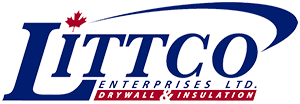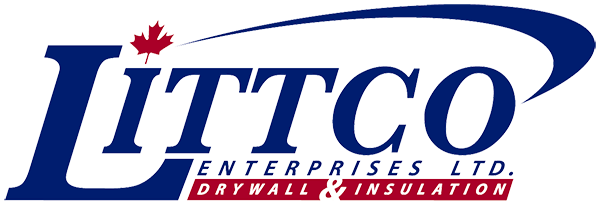Features – Tools these days are pretty high-tech and address just about every variable there is for setting the screw straight and getting the job done. A screw gun is definitely a more productive choice than a drill with the appropriate bit, and consider a collated screw gun with an automated feed to set your rows at rocket speed. A lock-on button is a great feature to have when using an auto-feed screw gun, especially on larger jobs.
I know drywallers who would lose their minds at the idea of using an uncorded screw gun, but newer 18-volt lithium-ion batteries are decent and will get the job done. Consider this option for overhead work where not having a cord to trip over is an excellent benefit.
For maximized power and control, consider higher engine speeds in the 2,500-4,000 rpm range. Although variable speed isn’t a must-have practical feature for installing drywall, it can increase a tool’s motor life. If you have the option, grab this feature, especially if you prefer not to use a lock-on feature and are constantly turning the unit on and off.
Ergonomics – Your health is a prime concern, so be sure to choose a model that is comfortable, sits well in your hand, and is the correct weight for your arm and wrist. Cushioned rubber grips reduce vibration irritation and the thickness and angle of the handle should feel right in your hand. Finger grooves take the pressure off your grip strength, providing natural leverage for a relaxed hold. Although its hard to get an old clunker these days, even a pound will make a difference after all-day use so pick the lightest rig for your hand and arm strength. And don’t forget nose control: again, most modern screw guns are built to buzz rather than roar, but if you have the choice, select lower volume and frequency to avoid excessive noise irritation.
Nose Sense – Since most adjustments you will make to your screw gun involve the nose piece, this area should be easy and intuitive to use. An adjustable nose piece should offer precise options for setting the screw depth, which, if done correctly, can prevent tears in the paper surface of the board. (Pro tip: is the depth adjustment dial located some place you can reach in use and while wearing gloves?) Consider whether adjusting the depth just a matter of a slight turn or requires a squeeze, pull, and turn motion—how important is that to your work? Some come with spring-loaded holders you pull to remove the bit and again to lock in a new one—beautiful. Most models come standard with a magnetic bit holder, which is a small but handy feature.
Warranty & Price – The standard warranty on screw guns is one-year limited, and various stores will offer optional purchase end-to-end replacement warrantees to cover everything from overuse to dropping off of a building. Mitigate the need for a longer-term warrantee by shelling out a little extra dough up front for the fit you need, features you like, and the quality your work requires. Like everything else, you get what you pay for when it comes to most power tools and screw guns are no exception.
The Trowel Magazine
By Jessica Kirby

